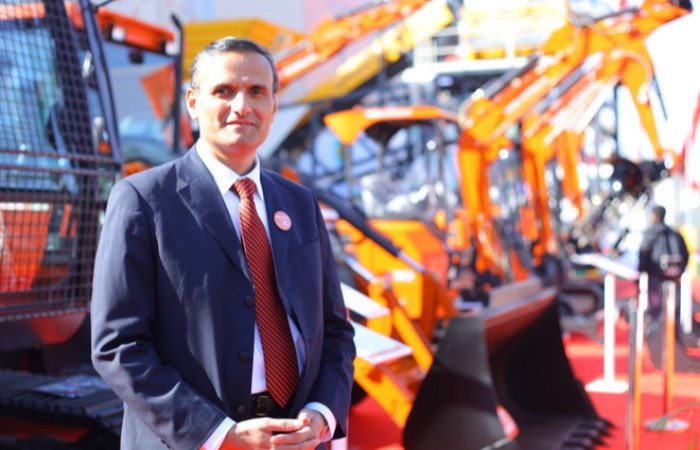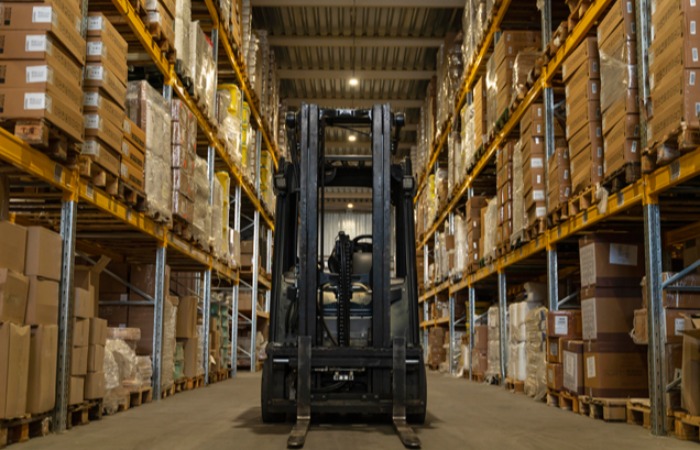Schedule a Call Back
From Ground Effect to Active Aero
2025-06-26

While construction equipment and Formula 1 cars may seem worlds apart, they share a common thread—engineering innovation driven by the relentless pursuit of performance and efficiency. Just as modern earthmovers and cranes rely on cutting-edge design to maximize productivity and fuel economy, Formula 1 has evolved into a laboratory of advanced aerodynamic engineering. From managing airflow to reduce drag and enhance grip on the racetrack, to improving machine stability and powertrain efficiency in off-road environments, the lessons from motorsports often ripple into the world of heavy machinery. This paper explores the evolution of aerodynamics in Formula 1, offering insights that continue to inspire innovations in high-performance industrial design, including in the construction equipment industry.
Abstract
This article traces the transformative journey of aerodynamics in Formula 1, from the early disregard for airflow dynamics to the highly specialised, regulation-driven innovations of the modern era. It discusses key milestones including the advent of wings, the revolutionary ground effect, the rise of computational fluid dynamics (CFD), and the integration of Drag Reduction Systems (DRS). The paper concludes with insights into emerging technologies such as active aero and the sustainable future of aerodynamic engineering in motorsports.
Introduction
In the relentless quest for speed, Formula 1 has evolved into a crucible of aerodynamic innovation. Aerodynamics governs how air interacts with a race car—dictating drag, downforce, and overall vehicle stability. Efficient aero design improves top speeds, enhances fuel efficiency, and most critically, increases grip through downforce. Since the 1960s, aerodynamics has become central to performance engineering, with each decade witnessing significant technological leaps and regulatory responses that reshaped the sport [1].
Early Years (1950s–1960s): The Ignored Science
In the formative years of Formula 1, aerodynamics played a negligible role. Car designs prioritised engine performance and mechanical grip over airflow management. The open-wheel design and exposed suspension parts generated excessive drag. Wings were nonexistent, and streamlining was minimal [2].
The Introduction of Wings (Late 1960s–1970s)
The late 1960s marked a pivotal turning point with the introduction of aerodynamic wings. Inspired by aircraft design, teams like Lotus pioneered the use of inverted airfoils to generate downforce [2].
Key innovations:
• Introduction of front and rear wings to increase tyre grip.
• Early high-mounted wings often failed due to structural weaknesses.
• Regulations were introduced mandating wings be securely mounted to the chassis [3].
Impact:
This innovation led to significantly improved lap times. Teams began to recognize the competitive advantage of managing airflow strategically [3].
Ground Effect Era (Late 1970s–Early 1980s)
Ground effect emerged as a game-changing concept with Lotus’s Type 78 and Type 79 models [2].
Mechanism:
• Shaped sidepods created a venturi effect beneath the car.
• Side skirts helped seal the airflow, intensifying low-pressure zones and suction.
Consequences:
• Astonishing cornering speeds.
• Driver discomfort due to high G-forces.
• Regulation changes in 1983 banned skirts and mandated flat floors for safety reasons [1][3].
Post-Ground Effect to Aero Refinement (1983–1993)
With ground effect banned, focus shifted to optimising conventional aero elements [3].
Key developments:
• Integration of bargeboards and diffusers.
• Streamlined nose and sidepod designs.
• Simplified and heavily regulated aerodynamic surfaces.
This period established the foundation for modern aerodynamic strategies, focusing on nuanced manipulation of airflow [4].
Rise of CFD and Wind Tunnel Mastery (1990s–2000s)
As computational technologies advanced, teams adopted powerful simulation tools—wind tunnels and Computational Fluid Dynamics (CFD)—to refine their designs [4].
Breakthroughs included:
• Double-decker diffusers.
• Narrower chassis with intricate bargeboards.
• Vortex generators to manage turbulent air.
CFD enabled engineers to digitally test thousands of design variations, allowing for unprecedented precision in aerodynamic development [4][5].
The Aero Boom and Downforce Dominance (2009–2016)
This era was marked by intense aerodynamic experimentation and complexity.
Highlights:
• Multi-element, highly sculpted front wings.
• Blown diffusers that used exhaust gases to enhance downforce [5].
• Introduction of the Drag Reduction System (DRS) in 2011, which temporarily reduced wing drag on straights to aid overtaking [1].
While performance improved, the complexity of aero packages caused issues like reduced overtaking and "dirty air," leading to calls for regulation reform [3].
Modern Era and Regulation Reset (2017–Present)
In a bid to make racing more competitive and exciting, the FIA introduced significant aerodynamic regulation changes [1][6].
Key Shifts:
• Wider cars and tyres (2017) increased mechanical grip.
• 2022 rules reintroduced ground effect via venturi tunnels under the floor.
• Simpler wings and bodywork aimed to reduce wake turbulence and promote close racing.
Impact:
• Enhanced wheel-to-wheel action [6].
• Cleaner airflow and more sustainable car designs.
• Greater visual diversity among team designs [5].
Conclusion
The aerodynamic evolution in Formula 1 encapsulates the sport’s constant tension between innovation and regulation. From rudimentary designs to cutting-edge ground effects and digital airflow modelling, aerodynamics has become both an art and a science. Looking forward, developments like active aero systems, sustainable materials, and deeper CFD integration are poised to redefine the future of racing. As always, the sport will continue balancing technological ingenuity with the imperatives of safety and fairness [4][6].
References
1. FIA Technical Regulations (1950–2025)
2. Scarborough, C. (2020). The Aerodynamics of F1 Explained
3. Piola, G. (2023). Formula 1 Technical Insights
4. Anderson, G. (2021). Articles on The Race and Autosport
5. Scarborough, C. & Hughes, M. (2015). Formula 1 Technology
6. FIA Press Releases and Technical Briefings (2017–2023)
Saurav Mukherjee is a freshman at the University of Washington, Seattle, currently exploring the vast field of Mechanical Engineering. Passionate about machines, motion, and how things work, his work reflects a deep interest in the intersection of design, performance, and technology.


Subscribe Now
Subscribe to our Newsletter & Stay updated
RECENT POSTS
Popular Tags
Folliow us
Related Stories
FY2026 is expected to witness a gradual recovery in backhoe loader sales
Siddharth Chaturvedi, Head Marketing, Tata Hitachi Construction Machinery, shares his expectations for the backhoe loader market in FY2026...









